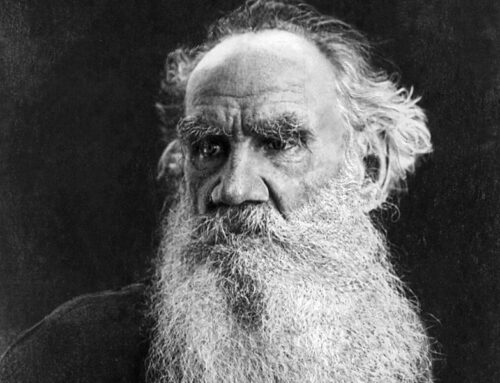

Birth of Shinzo Abe, Prime Minister of Japan,
September 21, 1954
 mericans tend to ignore Japan as a nation, even less the men who have served there as Prime Minister in the post-WWII era. Unless a tsunami has wiped out a few thousand people or swamped a nuclear plant, Japan and its history are not on our contemporary concern list. The Second World War still ranks in first place in American historical interest regarding the Land of the Rising Sun, but of little consideration after the bombing of Nagasaki in 1945. Ichiro Suzuki and Shohei Ohtani have name recognition because they lead the list of American Major League Baseball All-Star players from Japan. It is thus no surprise that athletes receive the most attention from Americans, who paid little mind to the recent assassination of former PM Shinzo Abe on July 8 this year. He was the greatest and most important prime minister of Japan, and the most politically conservative PM, since the end of WWII.
mericans tend to ignore Japan as a nation, even less the men who have served there as Prime Minister in the post-WWII era. Unless a tsunami has wiped out a few thousand people or swamped a nuclear plant, Japan and its history are not on our contemporary concern list. The Second World War still ranks in first place in American historical interest regarding the Land of the Rising Sun, but of little consideration after the bombing of Nagasaki in 1945. Ichiro Suzuki and Shohei Ohtani have name recognition because they lead the list of American Major League Baseball All-Star players from Japan. It is thus no surprise that athletes receive the most attention from Americans, who paid little mind to the recent assassination of former PM Shinzo Abe on July 8 this year. He was the greatest and most important prime minister of Japan, and the most politically conservative PM, since the end of WWII.
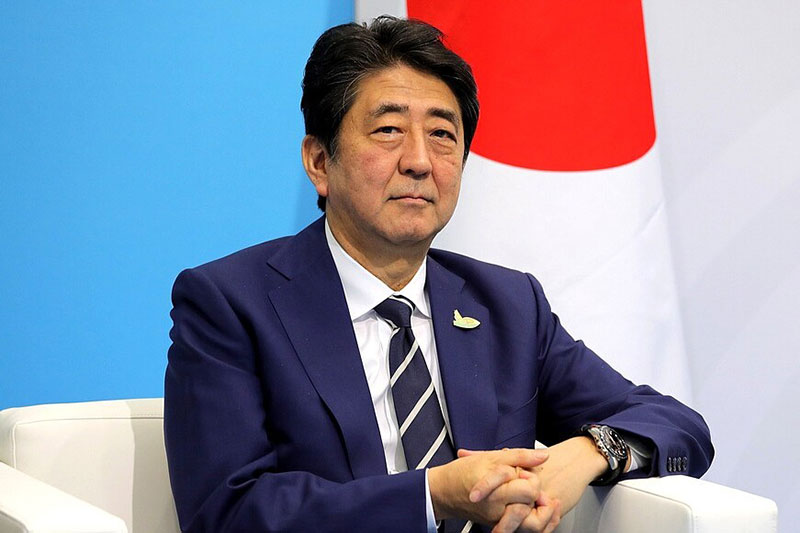
Shinzo Abe (1954-2022) was Prime Minister of Japan and President of the Liberal Democratic Party (LDP) from 2006 to 2007 and again from 2012 to 2020 (the longest-serving prime minister in Japanese history), and Chief Cabinet Secretary from 2005 to 2006
Born on September 21, 1954 to a prominent political family, his national and family heritage informed and molded Abe’s political ideology as he matured. His father had volunteered as a kamikaze pilot in the Second World War but the war ended before his training. As Providence would have it, he served in four national offices from 1958-1991, including minister of foreign affairs under Prime Minister Yasuhiro Nakasone, a close confidant of Ronald Reagan. Abe’s maternal grandfather, Nobosuke Kishi, served in the cabinet of Hideki Tojo during the war, and was wrongly imprisoned as a suspected “Class-A” war criminal during the occupation. He helped found the Liberal Democratic Party (LDP) in the 1950s and served three years as Prime Minister. PM Abe credited the influence of father and grandfather for his own political philosophy and success. Also, like them, he has had a favorable connection with the Unification Church, usually considered a heretical Christian-influenced cult led originally by Korean preacher, Sun Myung Moon, whose strong anti-communism stance and publication of the “conservative” Washington Times newspaper in the U.S., placed their political views on the right.
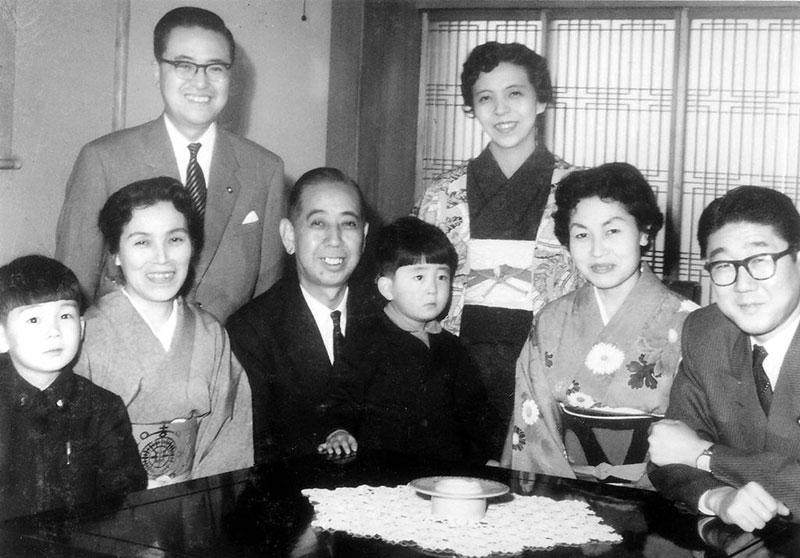
Shinzo as a young boy (center, seated in the lap of his grandfather, Japanese Prime Minister Nobusuke Kishi, who greatly influenced Shinzo’s beliefs), and surrounded by family
At the end of the War, a team of U.S. Army judge advocate generals under the direction of General Douglas MacArthur drafted the Constitution of Japan, mandating Japan renounce standing armed forces, eliminate the divine status of the emperor and give women the right to vote, thus weakening national identity and erasing centuries of tradition and honor. Young Abe’s respect for Grandfather Kishi’s continuing nationalism and respect for Japan’s cultural past, minus the militarism of the 1930s and 40s, motivated Abe to fight the cultural battles of the 1990s and 2000s as he rose in the political world. Not one to shy away from controversy, Abe pushed his conservative views forward, for instance opposing the left-wing party’s “excessive sexual and gender-free education” policies. He supported nationalist efforts to rid the country of its postwar pacifism, secularism, and dependence on the United States “security umbrella.” As a rising star within the LDP, Abe eventually secured the role of chief cabinet secretary of the prime minister in 2005. He served one year as prime minister in 2006 and revealed his antagonism to globalism.
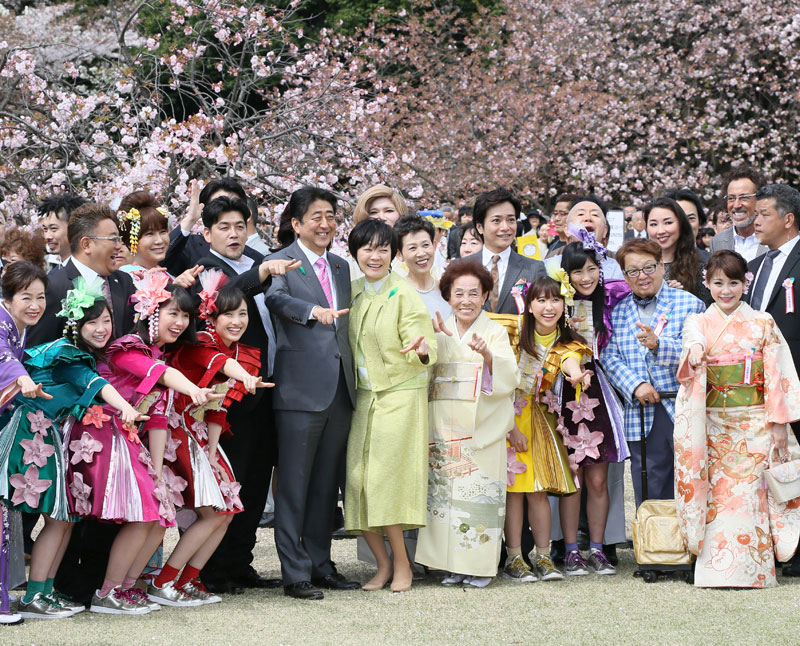
Prime Minister Abe and his wife Akie hosting the 2017 Cherry Blossom Viewing Party— a celebration of strong, ancient, traditional Japanese culture
In the intervening five years before his return as PM, he “quietly built strong relations with Taiwan,” in the face of increasing Communist China’s ties with the U.S. In 2012 Abe became prime minister again and held on to the office for eight years, the longest in Japanese history. His nationalistic instincts met with general approval as he refused resettling Middle Eastern and African refugees and continued to promote Japan’s traditional cultural heritage, including Shinto values. He supported changing the use of “liberal Western-style” textbooks in schools. Abe was a vocal opponent of progressive efforts to allow women to ascend to the Chrysanthemum Throne. He stopped apologizing to Korea and China for the Second World War and ended sending them billions in reparations.
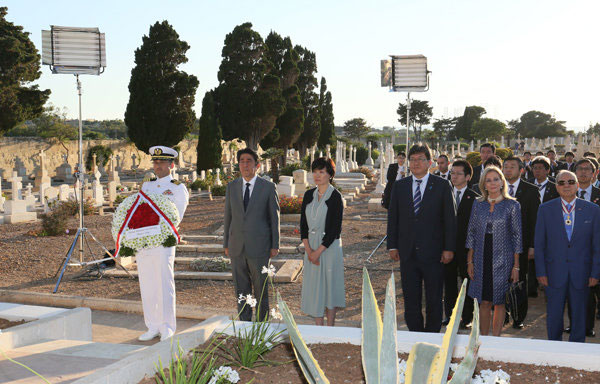
Prime Minister and Mrs. Abe attending a memorial service for Japanese soldiers of WWI
The U.S. allowed Japan to create the Japan Self-Defense Force (JSDF) during the Cold War, without calling it an army. With a quarter of a million active-duty personnel today, they are still restrained from over-seas military operations and they have a restricted budget. Abe had to fight against pacifist parties and the communist party who want the nation to eliminate the defense force altogether. In 2015, Abe was able to get new security legislation passed to allow Japan to participate in “collective self-defense,” enabling them to come to the aid of an ally attacked by Red China or North Korea. Having unified the LDP, his success as a reformer, a nationalist, and a revisionist in the face of international progressive influences on his country, he was able to return a “spark of patriotic life back to Japan.” He resigned in 2020 due to health issues.
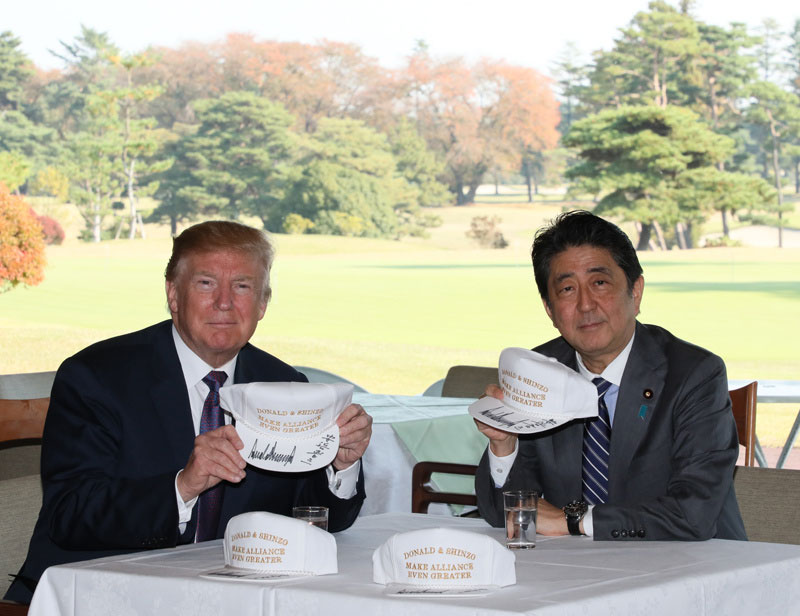
President Trump and PM Abe in 2017 with a set of autographed MAGA-style hats that read “Donald & Shinzo, Make Alliance Even Greater”
On the 8th of July this year, 67-year-old Abe was assassinated during a political rally by a gunman with a homemade weapon. He was shot in the heart at close range. The murderer claimed Abe’s association with the Unification Church warranted the act. The result has been that “his party has coalesced around his vision” and Abe’s reputation is more popular than ever. Some believe he will become a legend for people to revere in Japan for generations, a Samurai who died in battle.

For further information outside of the internet resources, see the article Remembering Shinzo Abe in the September issue of Chronicles Magazine.






